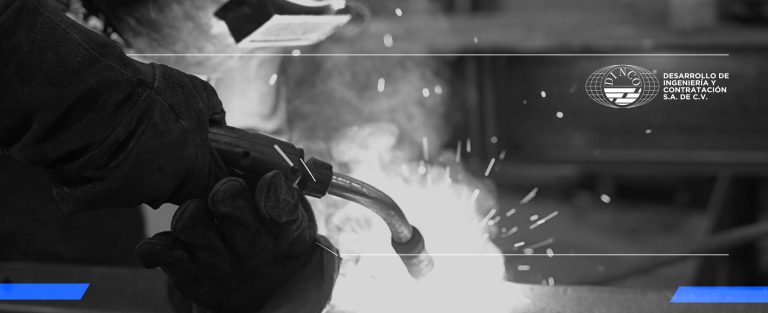Plate-work is a specialized discipline within engineering and construction, focusing on the fabrication, assembly, and repair of metal structures, pipelines, and industrial equipment. It is a fundamental activity in sectors such as construction, mining, oil and gas, and manufacturing. Boilermaking requires technical skills and specific knowledge to ensure that the fabricated structures and systems are safe, efficient, and durable.
Here are some key aspects of plate-work:
Fabrication of Metal Structures: Plate-work involves cutting, bending, and assembling metal pieces to create structures like beams, columns, tanks, and other components used in construction and industry. These structures must be precise and meet the required technical specifications.
Pipeline Assembly: A crucial part of plate-work is the installation of pipeline systems for transporting fluids (water, gas, oil, chemicals, etc.). This includes pipe preparation, welding, support installation, and performing pressure and leak tests.
Repair and Maintenance: Plate-work also handles the repair and maintenance of existing metal structures and equipment. This can include repairing welds, replacing damaged sections, applying protective coatings, and conducting regular inspections to ensure the integrity and safety of installations.
Welding and Cutting: Welding and cutting techniques are essential in plate-work. Various welding methods, such as arc welding, MIG/MAG welding, TIG welding, and resistance welding, are used depending on the materials and specific project requirements.
Regulations and Safety: Plate-work must comply with strict quality and safety regulations. This includes following international standards, conducting material and joint tests, and ensuring that the work is performed safely and efficiently.
Innovations in materials and processes continue to improve the effectiveness and durability of metal structures. Plate-work is a key discipline that supports the safe and efficient operation of various critical industries.

